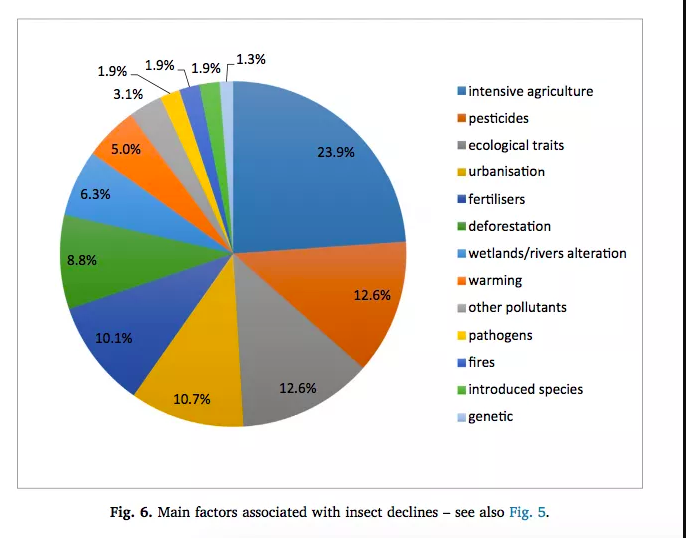7667766266
enquiry@shankarias.in
What is the issue?
What are the key findings?
Why are insects important?
What is the likely impact?
What are the causes for the decline?

What is to be done?
Source: Indian Express, CNN